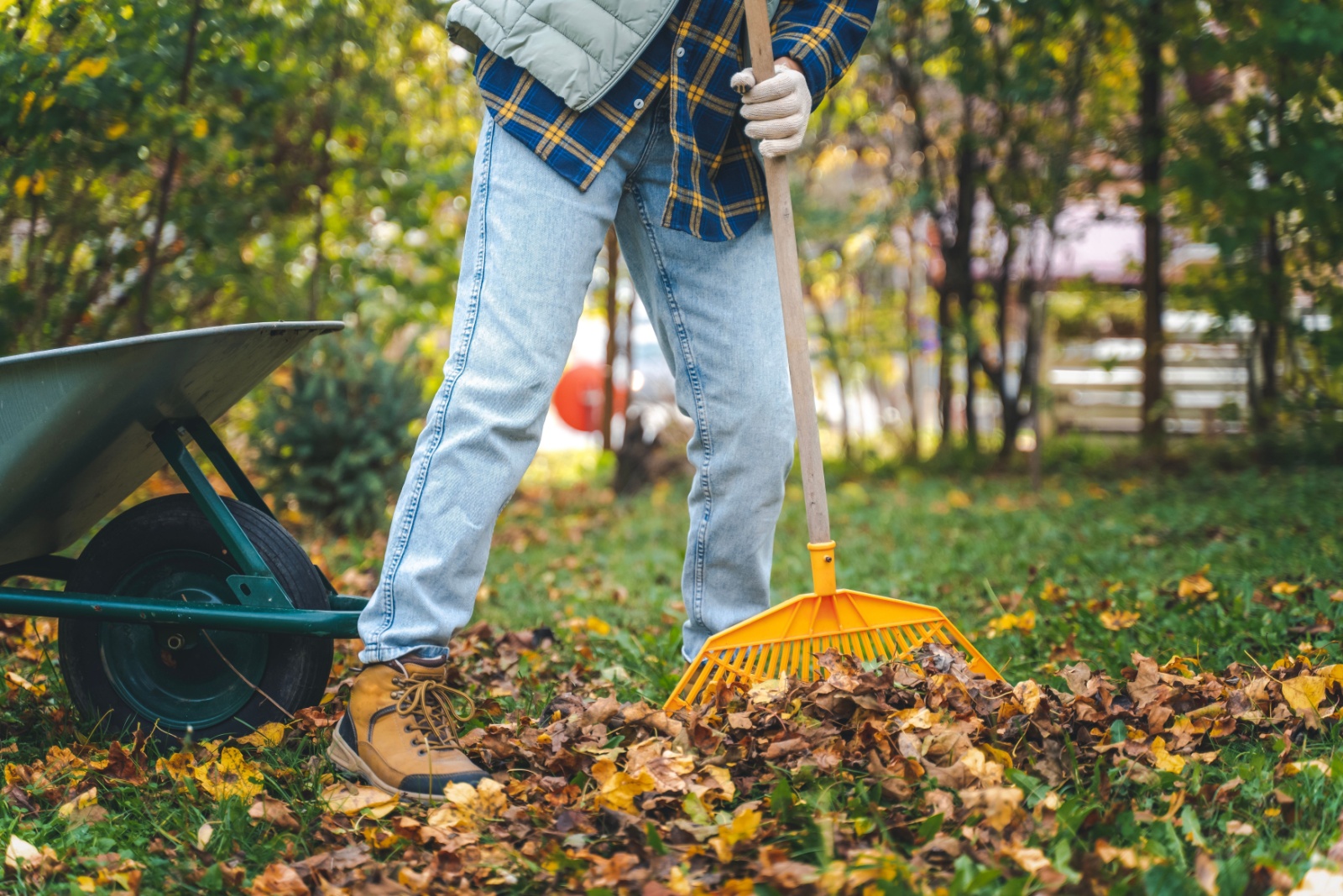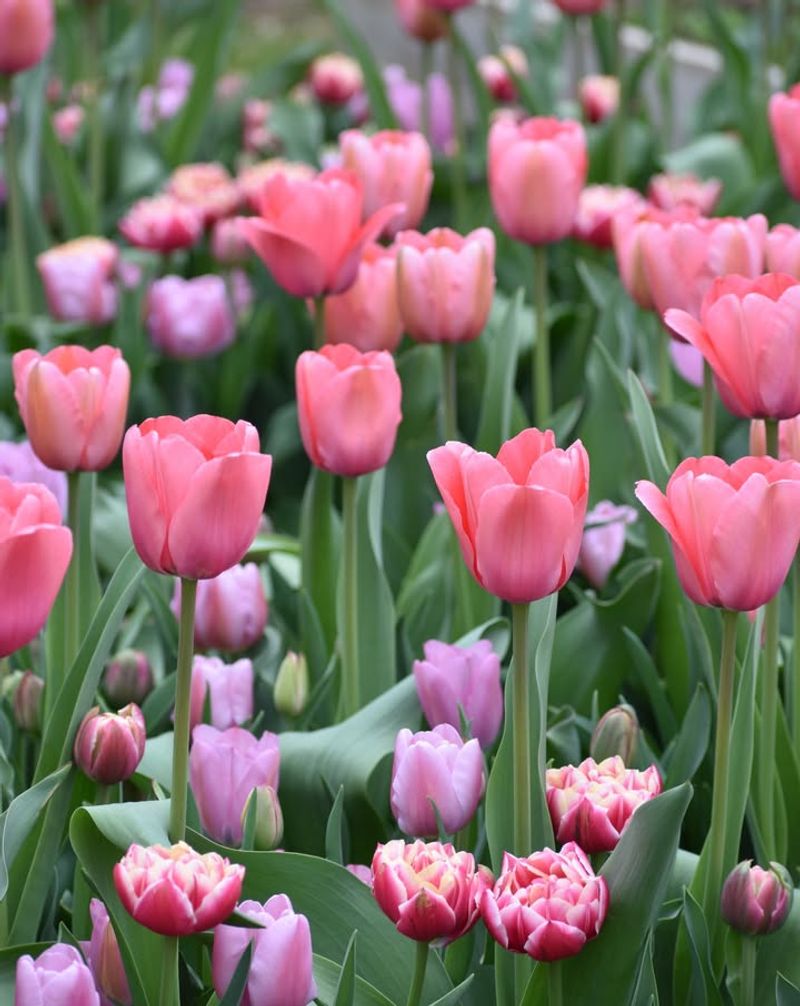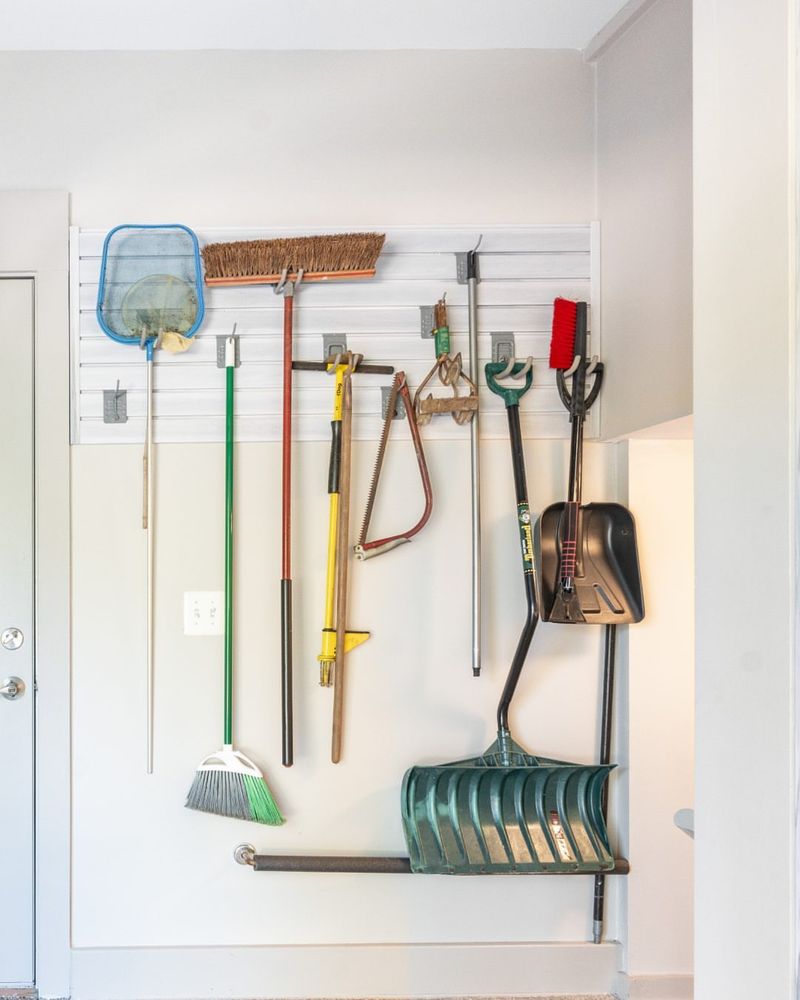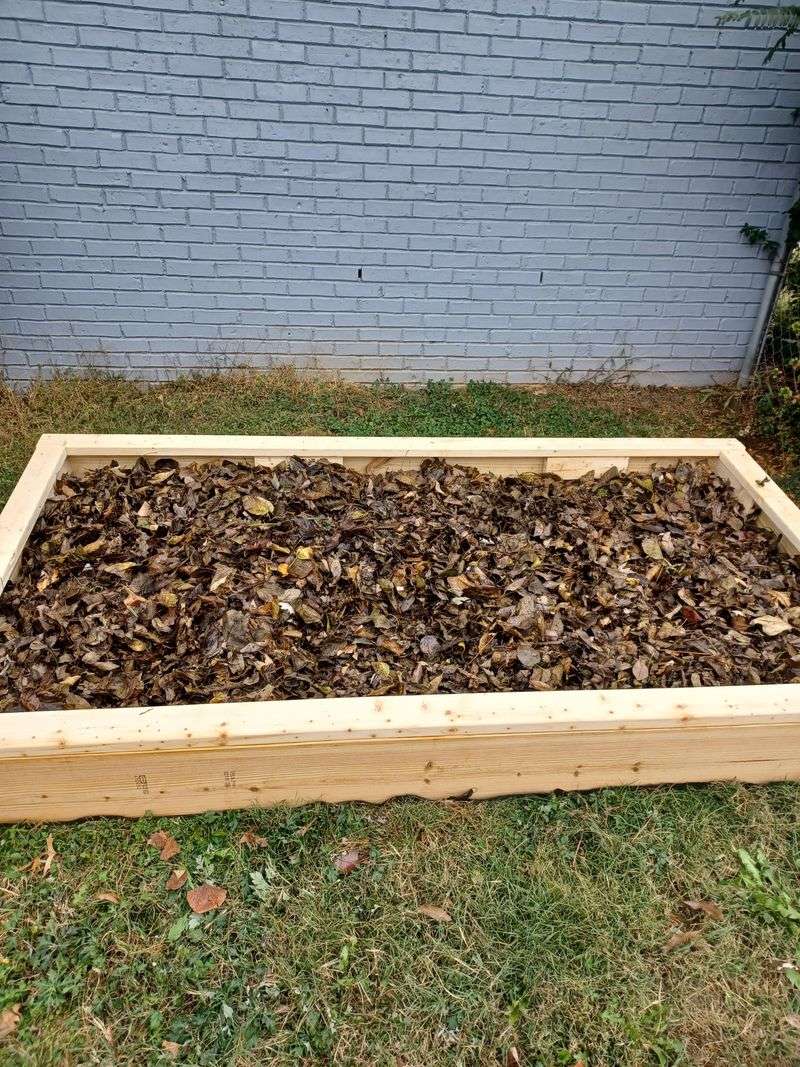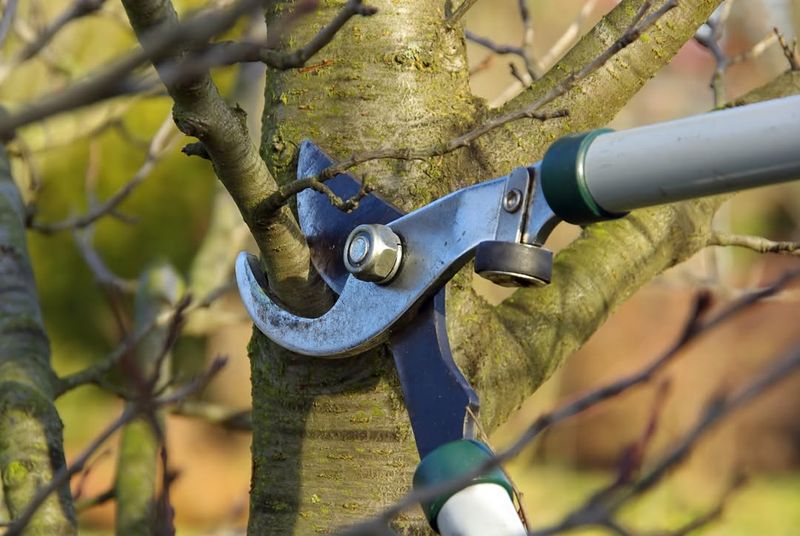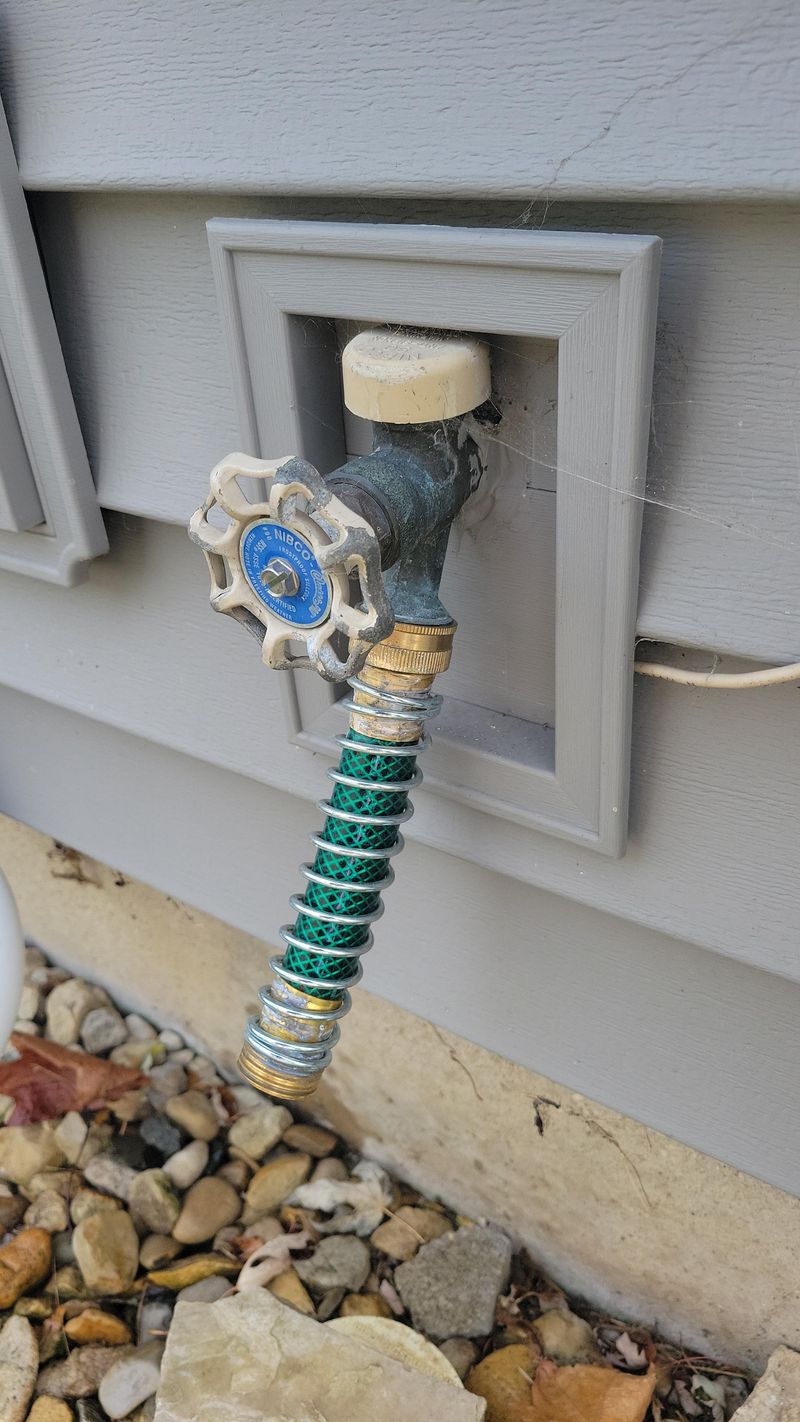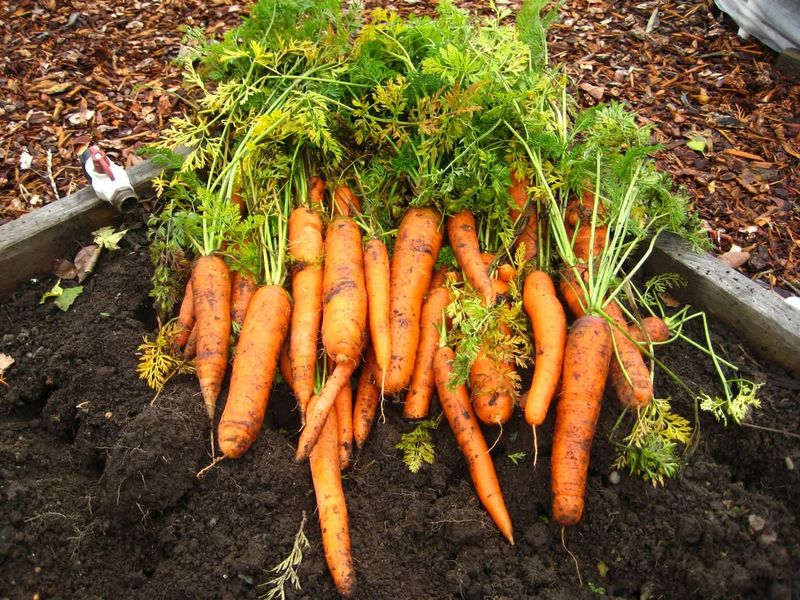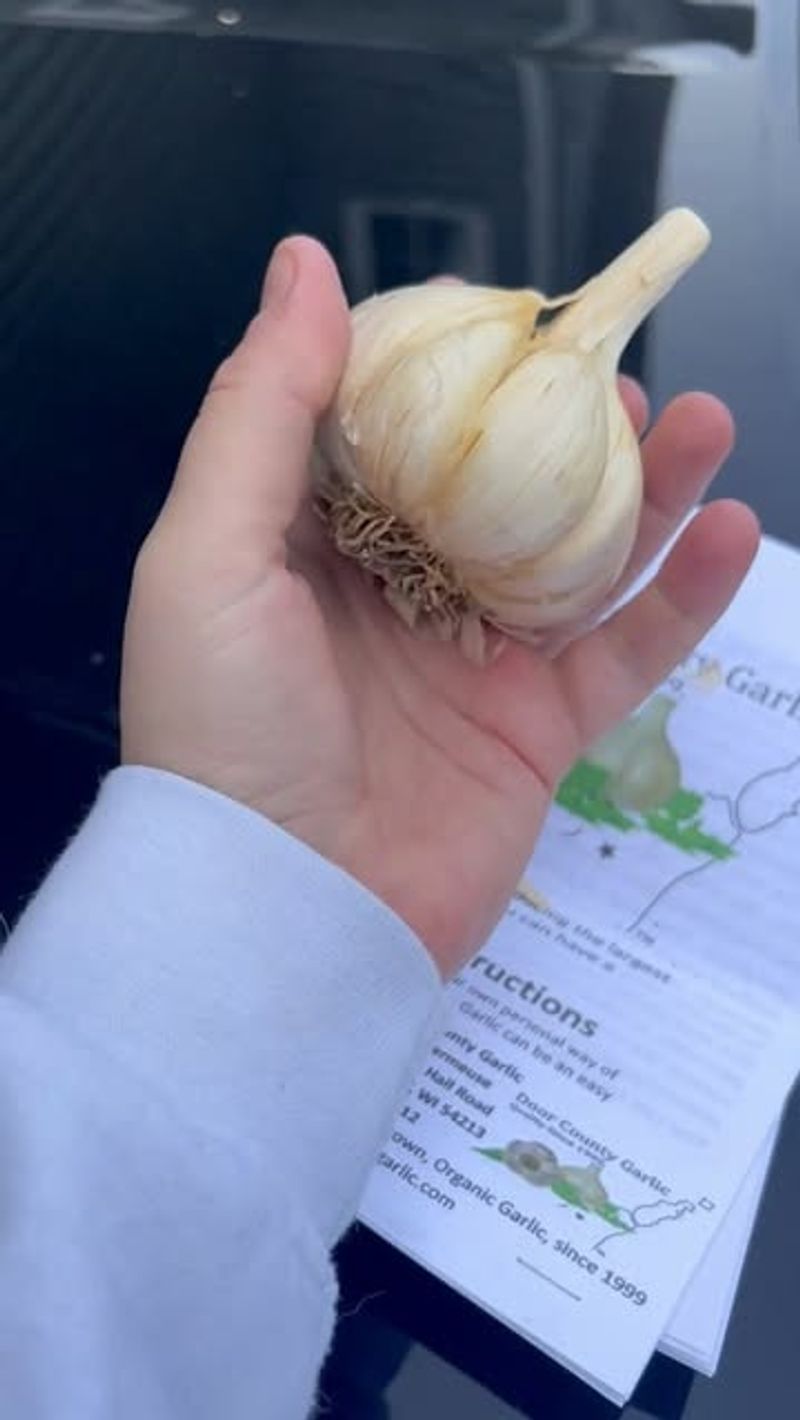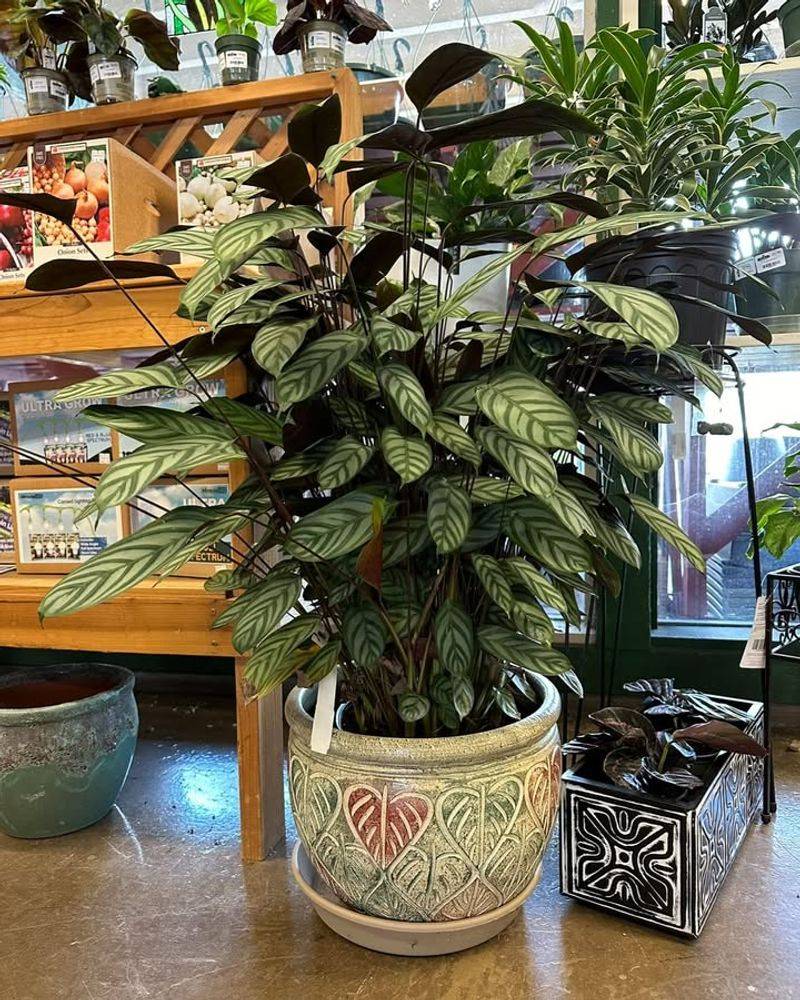November in Ohio brings cooler temperatures and shorter days, signaling the end of the growing season. Your garden still needs attention before winter arrives, though, and taking care of a few important tasks now will help your plants survive the cold months ahead.
Spending time in your garden this month sets the stage for a beautiful and productive spring when warmer weather returns.
1. Rake And Remove Fallen Leaves
Fallen leaves create a thick blanket that can smother your grass and harbor pests over winter. Raking them up prevents mold and disease from developing in your lawn.
You can add healthy leaves to your compost pile or use them as mulch around trees and shrubs. Diseased leaves should go in the trash to avoid spreading problems.
Getting this done before the first snow makes the job much easier and keeps your yard looking tidy.
2. Plant Spring-Blooming Bulbs
Tulips, daffodils, and crocuses need to be planted before the ground freezes solid. These bulbs require a cold period to bloom beautifully in spring.
Choose a sunny spot with well-draining soil and plant bulbs at the proper depth, usually two to three times their height. Water them after planting to help roots establish.
Mark where you planted them so you don’t accidentally dig them up later during spring gardening.
3. Protect Tender Perennials
Some perennials won’t survive Ohio’s harsh winters without extra protection. Roses, lavender, and other borderline-hardy plants benefit from mulch or burlap covers.
Apply a thick layer of mulch around the base after the first hard frost. For roses, mound soil around the base to protect the graft union from freezing temperatures.
Container plants should be moved to a garage or basement where temperatures stay above freezing but remain cool.
4. Clean And Store Garden Tools
Proper tool maintenance extends their life and saves money in the long run. Remove dirt and debris from shovels, rakes, and pruners before winter storage.
Sharpen blades on pruners and hoes, then wipe metal parts with an oily rag to prevent rust. Wooden handles benefit from a light coating of linseed oil.
Store everything in a dry shed or garage where moisture won’t cause damage during the cold months ahead.
5. Add Compost To Garden Beds
Spreading compost now gives it time to break down and enrich your soil before spring planting. A two to three-inch layer provides nutrients and improves soil structure.
Work the compost into the top few inches of soil or simply spread it on top as a protective blanket. Earthworms and microorganisms will do the mixing for you over winter.
Well-amended soil drains better and holds moisture more effectively when your vegetables start growing next year.
6. Prune Dead Or Damaged Branches
Winter storms can turn weak branches into dangerous projectiles or cause them to break and damage your trees. Removing dead wood now prevents these problems.
Use clean, sharp tools and make cuts just outside the branch collar where it meets the trunk. Avoid heavy pruning of healthy branches, which is better done in late winter.
Focus on removing anything that looks diseased, cracked, or likely to break under snow and ice weight.
7. Drain And Store Garden Hoses
Water left inside hoses freezes and expands, causing cracks and splits that ruin them. Disconnect all hoses from outdoor faucets and drain them completely.
Coil hoses loosely and store them in a garage or shed away from freezing temperatures. Shut off interior valves to outdoor faucets and drain those lines too.
Installing foam faucet covers provides extra insurance against pipe damage from hard freezes that can happen in November.
8. Mulch Around Trees And Shrubs
A protective mulch layer insulates roots from temperature swings and helps soil retain moisture through winter. Apply three to four inches of wood chips or shredded bark.
Keep mulch a few inches away from tree trunks and shrub stems to prevent rot and discourage rodents from nesting. Extend the mulch out to the drip line for best results.
Fresh mulch also gives your landscape a neat, finished appearance that lasts through the dormant season.
9. Harvest Root Vegetables
Carrots, beets, and turnips actually taste sweeter after a light frost converts their starches to sugar. November is the perfect time to dig up these cold-hardy crops.
Use a garden fork to loosen soil around roots before pulling them up. Brush off excess dirt but don’t wash them until you’re ready to use them.
Store root vegetables in a cool, humid place like a basement or refrigerator where they’ll keep for several months.
10. Plant Garlic For Next Year
Garlic planted in fall develops strong roots before winter and produces bigger bulbs than spring-planted cloves. Break apart bulbs into individual cloves, keeping the papery skin intact.
Plant cloves pointy end up, four to six inches apart and two inches deep in loose, fertile soil. Cover the bed with mulch to protect them from extreme cold.
You’ll see green shoots emerge in early spring, and harvest time comes in mid-summer when leaves start turning brown.
11. Bring Houseplants Indoors
Tropical plants that spent summer outdoors need to come inside before frost damages them. Check carefully for pests like aphids or spider mites before bringing them in.
Wash leaves with water and treat any bug problems before they spread to other indoor plants. Place them in bright locations away from heating vents and cold drafts.
Reduce watering since plants grow more slowly in lower indoor light, and don’t fertilize again until spring when growth resumes.

